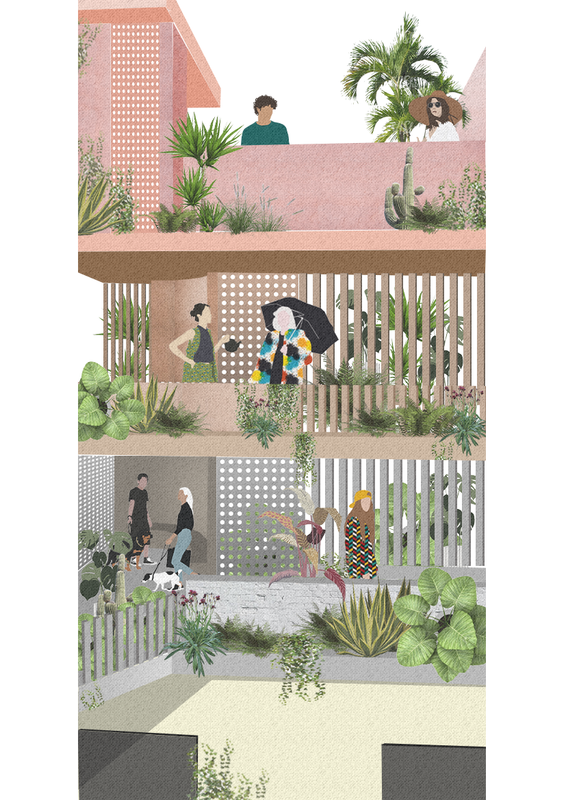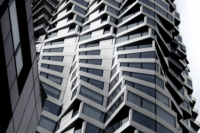- Home
- Articles
- Architectural Portfolio
- Architectral Presentation
- Inspirational Stories
- Architecture News
- Visualization
- BIM Industry
- Facade Design
- Parametric Design
- Career
- Landscape Architecture
- Construction
- Artificial Intelligence
- Sketching
- Design Softwares
- Diagrams
- Writing
- Architectural Tips
- Sustainability
- Courses
- Concept
- Technology
- History & Heritage
- Future of Architecture
- Guides & How-To
- Art & Culture
- Projects
- Interior Design
- Competitions
- Jobs
- Store
- Tools
- More
- Home
- Articles
- Architectural Portfolio
- Architectral Presentation
- Inspirational Stories
- Architecture News
- Visualization
- BIM Industry
- Facade Design
- Parametric Design
- Career
- Landscape Architecture
- Construction
- Artificial Intelligence
- Sketching
- Design Softwares
- Diagrams
- Writing
- Architectural Tips
- Sustainability
- Courses
- Concept
- Technology
- History & Heritage
- Future of Architecture
- Guides & How-To
- Art & Culture
- Projects
- Interior Design
- Competitions
- Jobs
- Store
- Tools
- More
A Look at Architecture in the Metaphysical Paintings of Giorgio De Chirico

De Chirico is an Italian painter who is considered one of the pioneers of the avant-garde movement. He is especially known for his metaphysical paintings he made in the early years of the 20th century and the architectural elements he uses in these paintings.
“The main principles of metaphysical aesthetics are found in the establishment of cities, architectural forms of houses, squares, roads, harbors, railway stations.”
It is very difficult to make sense from the metaphysical paintings of De Chirico. Instead, it is expected to awaken some senses. Because Chirico defines metaphysics as enigma. In other words, it is unknown and far from reason and logic. However, it reveals a feeling, and the origin of that feeling is architecture. It consists of a combination of architectural elements such as street, square, building, wall.


“The symbol of a superior reality is found in geometric figures.”
De Chirico puts architecture at the base of metaphysics because the architect creates geometric order in nature. All this is achieved through geometry. The reflection of this situation in art is in perspective. He believes that architectural forms and numbers add poetic meaning to his paintings. That’s way, the architectural elements in his paintings become more visible and esential.
There are many people and resources that he has been inspired. Perhaps, the most important of these is his own experiences and memories. However, in essence it is possible to see the traces of Italian architecture. He uses repetitive forms, plays shadow games, and places sculptures in the squares. He creates a scene and squares in his main space. Especially, he focuses on the piazzas such as Torino and Florence.



Submit your architectural projects
Follow these steps for submission your project. Submission FormLatest Posts
Top 8 Luxury Vacation Rentals Features Guests Love Most
A luxury vacation rental offers an entirely different experience than a typical...
Why Local Expertise Matters: Choosing the Right Plumbers in Townsville
Why Local Expertise Matters: Choosing the Right Plumbers in Townsville When it...
Bathroom Remodel ROI: How to Add $15–30K to Your Home Value in 2025-2026
Outdated bathrooms can drag a listing 20-30% longer on the market. Buyers...
The Key Factors to Review When Comparing Fiber Providers in Minneapolis
Looking for a fiber provider in Minneapolis can feel surprisingly overwhelming. The...












Leave a comment